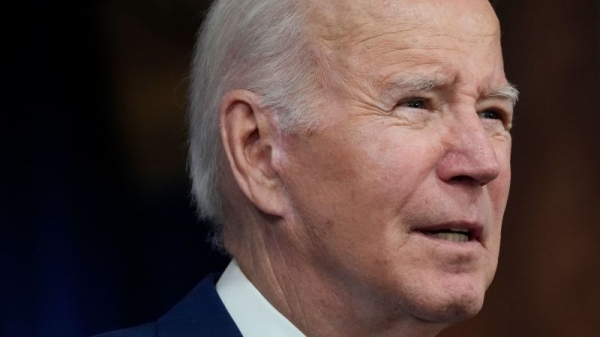
Core inflation in the euro area increased in February, a Eurostat flash estimate released on Thursday shows.
According to the EU’s statistics agency, core inflation — which excludes energy and food prices because of their volatility and is therefore seen as a more accurate depiction of the state of the economy — climbed to 5.6% last month from 5.3% in January.
The new reading is more than double the 2.7% rate observed in February 2022.
Headline inflation, however, is expected to come in at 8.5%, down from 8.6% in January. If confirmed later in the month, it would represent the fourth consecutive month of decline.
The deceleration is likely due to energy prices easing further, with the annual rate down to 13.7%, compared with 18.9% in January.
This is attributed to milder-than-user temperatures in the autumn and early winter, well-stocked gas storages and energy-saving plans across the 27-country bloc which have seen gas prices slip to levels not seen since Russia invaded Ukraine nearly a year ago.
Prices for food, alcohol & tobacco, non-energy industrial goods and services are however, expected to have risen month on month.
The Baltic trio continues to have the highest rates, with inflation in Latvia still seen stuck over the 20% threshold despite a 1.3 percentage point drop month-on-month.
The lowest rates are meanwhile projected in Luxembourg (4.8%, down from 5.8% in January), Belgium (5.5%, down from 7.4% the previous month), and Spain (6.1%, compared with 5.9% the previous month).
The inflation numbers come just hours before the European Central Bank is due to announce a new interest rate hike in a bid to choke off price increases.
The Frankfurt-based organisation, which has a 2% inflation target, has raised its rates aggressively since last July and said in February after it operated yet another hike, that another one was to be expected in March.




